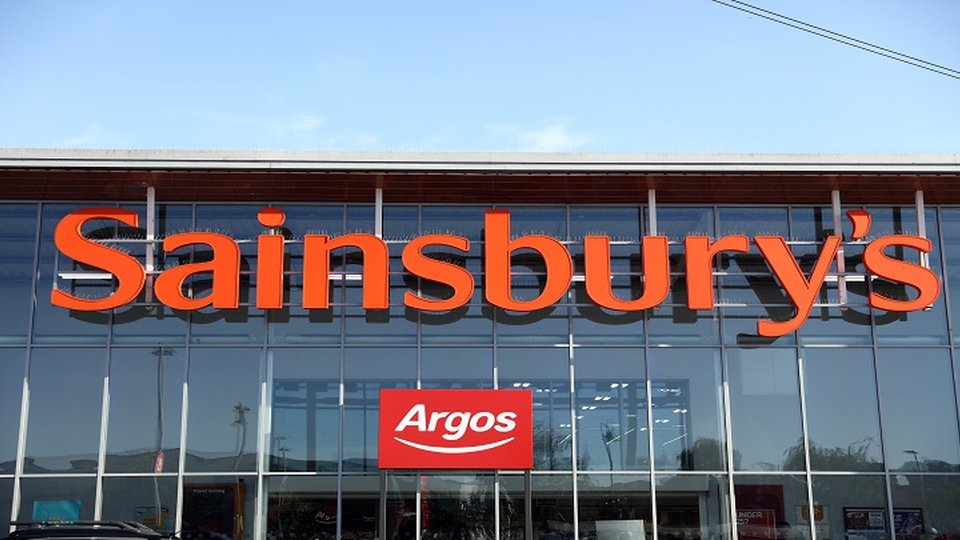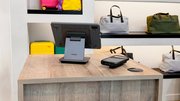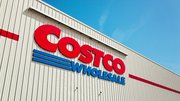Omnichannel
UK grocer digital leader talks multi-brand, multi-channel CX approach
Sainsbury's is the second largest chain of supermarkets in the U.K., with 2,400 stores and an online presence. It pledges to customers it will continue to invest in both digital and physical so customers can buy more and save time as well as money.

March 30, 2021
The following is a Q&A with Rob Sargent, senior lead digital product manager at Sainsbury's, the second largest supermarket chain in the U.K. The chain is boosting its efforts on the digital front, as well as the physical storefront, to provide a unified customer experience in both shopping options. Sargent has worked at Sainsbury's for five years, working on the brand's digital experience strategy. He recently worked closely on the continued integration of the Sainsbury's, Argos, Habitat and Tu brands. Sainsbury has over 600 supermarkets, 800 convenience stores, and processes nearly 250,000 online orders every week. It's investing in a three-year program to upgrade over 3,000 of its own-brand products. Sainsbury has tapped Magnolia, a retail technology company providing digital experience platforms, content management systems and e-commerce technologies to help drive its digital strategy forward. Working with retailers such as Tesco, Sainsbury's and Migros, Magnolia helps brands build and manage digital customer experiences.
Q. From a customer experience perspective, how have you managed the continued integration of the Sainsbury's, Argos, Habitat and Tu brands?
A. It's been a complicated process. All of these brands had different customer journeys, different challenges and were supported by a huge variety of different digital technologies. We needed to come up with a way to merge those experiences, keeping only the best bits of each brand while losing any legacy processes that didn't support our wider CX goals.
From a digital experience perspective, our focus was built around the idea of 'joined up convenience'. The great thing about physical supermarkets is that they offer everything in one place, but they don't necessarily offer the same convenience as shopping online. As we brought together the Sainsbury's, Argos, Tu and Habitat brands we wanted to achieve a 'best of both worlds' approach — offering the joined-up shopping of a supermarket, with the convenience of buying online.
Q. Are you catering to one audience or do you still need multiple customer experiences for each brand?
A. From a customer journey perspective we're seeing a lot of similarities emerge. Argos customers are increasingly shopping in Sainsbury's, both in-store and online, while many of the most popular Habitat products can now be bought via the Argos site. From a customer experience perspective, we will keep both the Habitat and the Argos websites. Behind the scenes, Argos will be doing the fulfillment, increasing efficiency and giving Habitat a whole host of new collection points and speedy delivery options that were previously only available to Argos customers.
Q. How does Sainsbury's fit into this new, combined journey?
A. Groceries is the only area that still stands slightly apart from the rest of our offering. When shopping for groceries, most customers typically fill a large basket full of items rather than making one or two large purchases. That said, however, the introduction of Sainsbury's Chop Chop delivery service means that a growing number of customers are buying smaller baskets, further helping to align their typical journey with our other brands.
Behind the scenes, it's really Nectar which is helping to glue all of these experiences together. Shoppers can now collect Nectar points on their Argos purchases, or spend their points in an Argos store. That's creating yet more crossover and helping us to keep track of our customers across brands and offer better, more personalized experiences.
Q. Are in-store purchases still a big part of your customer experience approach?
A. Physical stores are still a huge part of our customer experience approach — and an increasingly large part of our digital experience approach as well.
Most of our grocery fulfilment is done via physical stores and now, due to COVID-19 we've also been rapidly rolling out click & collect services across most of our larger stores. With Argos — and increasingly Habitat — the in-store and digital journeys are completely entwined. The vast majority of these orders start digitally through the website, in app, or even via voice, before customers come to stores to pick up their items.
Another example of where digital has increasingly moved in-store is via our interactive kiosk points. Often, we don't have room in store to display every item available online. As such, to help improve the customer's overall experience, we now offer tablets and in-store displays at Sainsbury's where visitors can browse the entire Argos range. Once they've made their purchase online, they can then go to the Argos pick-up point at the back of the store and collect their order.
Q. What new technologies have you used to improve the customer experience across each of these brands?
A. Technology has been at the heart of everything we do. One of the first changes we made when looking to bring together each of these brands online was the installation of a new content management system. We adopted Magnolia CMS in order to create a shared architecture across each brand. Once this was in place, it was far easier to add new components and integrations and speed things up from a backend perspective.
Now that we have this new, centralized CMS in place, everything's starting to get easier. To implement Argos took us just under a year, whereas implementing Habitat took less than three months. We expect Tu's transition to be completed in under two months.
Before we migrated to the new CMS, we had various different people managing different services. Now we have a single implementation team working on Magnolia. They build and publish content centrally, allowing us to quickly adapt each site to new events, customer trends, or even changes in the weather! Live chat has also been a key part of this move. In-store colleagues are especially well-trained to answer questions about Habitat products, as the range is smaller. As such, we're linking up our live chat capabilities on the Habitat site to physical stores. That means that if a customer has a question about a Habitat product, they can be put through to a real-life colleague via text or video. That's proved hugely beneficial to customers.
Q. How do you approach the crossover between customer experiences and employee experiences?
A. From a colleague experience perspective, in-store checkout is converging. Previously, we had individual checkout systems for Sainsbury's, Argos and the various other brands. From a customer experience perspective however, people aren't interested in how the checkout works — they just want to walk into a store and buy something. By merging these checkout systems, we hope to make colleagues' lives easier, reducing the amount of training they need and unifying everything within one convenient system. This benefits both customers and colleagues — a win win.
SmartShop is also helping with this. By allowing customers to scan their own products in Sainsbury's stores, we've been able to free up colleagues from checkouts, allowing them to focus on helping shoppers and further improve the customer experience.
Q. What comes next for these brands?
A. Going forward we'll look to invest in additional, innovative digital experiences and opportunities to improve the customer's journey across each of our different brands.





